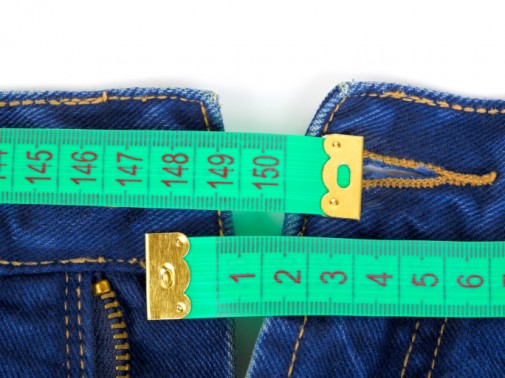Bigger clothes for overweight kids is not the answer, doctors say

The alarming rise in childhood obesity has led retailers and manufacturers to invest significantly in the new, plus-size children’s market.
One in three American children is overweight or obese, according to the U.S. Centers for Disease Control and Prevention. As kids grow heavier, makers of clothing, furniture and other products have been adjusting their product lines and styles accordingly.
Lands’ End, an international retailer, has been offering plus styles for girls since the early 1990s.
“Because kids do not come in one size, moms can have a difficult time finding clothing that fits, especially when that child is outside an ‘average’ number,” says Mariella Souflis, public relations manager for Lands’ Ends. “We try to make Lands’ End a place where every kid fits in, regardless of size.”
Retailers are only responding to the demands of the marketplace, but selling “plus size” clothing and other products doesn’t address the underlying problem, says Dr. Tania Kelly, director of residency, pediatric community and advocacy at Advocate Children’s Hospital in Oak Lawn.
The rate of childhood obesity has tripled to the point where pediatricians now say traditional growth charts no longer apply to today’s kids. Other studies show that overweight children are at high risk of becoming overweight adolescents and adults, placing them at risk of developing chronic diseases, such as heart disease and diabetes, later in life. They are also more prone to developing stress, depression and low self-esteem.
“You do want kids to have clothes that fit them appropriately,” Kelly says. “Children who are overweight and obese are already targets for bullies, and they don’t need tight clothes or clothes that don’t fit them appropriately. Nor do they need to be buying adult styles because that’s the size that fits them.”
The trend extends beyond clothing to furniture and other products—even child safety seats for cars. Last year, the National Highway Traffic Safety Administration introduced a new crash test dummy to check booster seats and restraints for children weighing in excess of 65 pounds
“It’s good news that manufacturers are making more car seats and boosters designed to keep older and heavier children safer on our roadways,” U.S. Transportation Secretary Ray LaHood said in a statement.
Kelly agrees, but adds that the changes underscore how the rates of obesity have skyrocketed and the prevalence of childhood obesity. “It’s a sad reflection that there’s even a need.”
Related Posts
Comments
3 Comments
About the Author
health enews staff is a group of experienced writers from our Advocate Health Care and Aurora Health Care sites, which also includes freelance or intern writers.


















My daughter is 10 years old and she is not obese, but she has a very girlish figure and most childrens clothing have never fit her well. It is very sad when she tries on clothes and nothing fits her, and so I am thrilled that there are plus sizes for her.
Special needs children often need larger size clothing for a variety of sensory and other issues that may not be weight related.
So true, thanks so much for your comments.